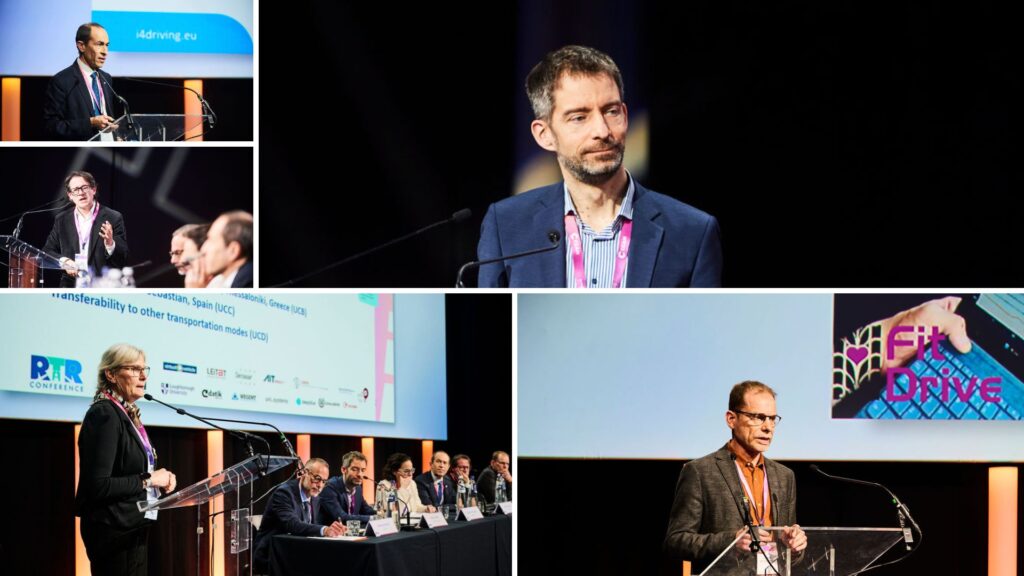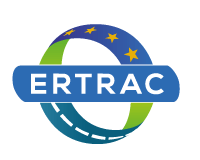
3 days of the RTR conference: R&I results, findings, new links, impacts and deployment at the heart of the discussions
The RTR (Results from Road Transport Research) Conference attracted its largest audience to date, with more than 500 participants on-site and 400 participants joining online, emphasising the importance of pre-competitive collaborative research in road transport at the European level. This high level of participation is a testimony of the RTR conference’s pivotal role in supporting the European R&I eco-system in all the fields of road transport: infrastructure, road safety, decarbonisation, digitalisation, urban mobility, as well freight and logistics.
Rosalinde van der Vlies, Director of the Clean Planet Directorate at the European Commission, DG RTD, while opening the conference, highlighted the new Brussels’ keywords: Competitiveness, Affordability, Circularity and Inclusiveness (CACI). She plead for further communication about concrete impacts and tangible results of research. This message was also emphasized by Pablo Perez-Illana, Deputy Head of Unit for Horizon Europe at the Transport, European Climate, Environment and Infrastructure Executive Agency (CINEA). Additionally, he underlined how important the way from research to deployment is and how synergies by design among funding programmes could help. He also pointed out one of the parallel sessions, with the participation of Connecting Europe Facility (CEF) projects focusing on deployment of charging infrastructure and C-ITS services. Erik von Breska, Director for Investment, Innovative & Sustainable Transport Directorate at the European Commission, DG MOVE, highlighted how research and innovation are crucial for the future of the European automotive industry, and mentioned the need for test beds to test clean, connected and automated vehicles cross borders. The upcoming Action Plan for the automotive industry, which will be presented on the 5th of March, should play an instrumental role.

CCAM Association Chairman, Christian Merkt brought up the strong pressure on competitiveness of the European automotive industry and underlined how the EU projects balance the societal needs and the pioneering spirit of innovation to unlock systemic benefits of new mobility services for people. Michael Lippert, the President of BEPA and Batteries Europe, reminded the need to sustain investments in key and future technologies. As the transport sector is a major market for batteries, and automotive is the lion share of that market, it was a logical step for BEPA to become more involved in the RTR Conference. Stephan Neugebauer, ERTRAC and EGVIAfor2Zero Chairman explained how the three pillars of the EU research funding are all connected and essential for the road transport sector, and highlighted the importance of pre-competitive collaboration activities funded under Pillar 2. Echoing the words of Rosalinde van der Vlies, he reflected on activities that could be implemented to create impact. Flagship initiatives, putting together research results, industrial investments, new infrastructures and business models, could play a role. The currently discussed concept of “reverse factory” for dismantling and recycling of vehicles was given as an example.
The plenary session organised on the second day addressed the key question “How to achieve circularity in the automotive industry?”. A truly multifaceted challenge addressed by our panellists who discussed the current and future regulatory landscape, the challenges raised by the transition towards circular economy and related opportunities, and potential new business, that could emerge from it. The recovery of valuable components will be an essential step to make circular economy viable. However, the recycling industry in Europe is highly fragmented and requires heavy investment in R&D. Materials, whether they are used in batteries or for electronics and semi-conductors, have also been extensively discussed.

Circular economy is a chance for Europe collectively, policy makers, industries and research players should ensure that the EU become leader in this area, starting by building reliable value chains.
The main takeaway was the importance of “coordination” to help accelerate the deployment of results from funded research.
The inclusion in the RTR2025 of projects from other EU programmes, such as the CEF programme, highlighted the importance of building bridges that facilitate knowledge and best practice exchanges.
Nevertheless, coordination must happen not only at the European level: it is equally essential at the national and regional levels. Engaging more deeply with Member States will help to foster stronger alliances.

You can access all pictures taken during the event in our photo gallery to enjoy the highlights of the conference (Password: RTR2025).
Additionally, you can rewatch the recordings of each session by visiting our YouTube channel and download all the presentations given during the conference (WeTransfer link valid until 19 March 2025).
Mark your agenda for the 10th to 12th February, 2026. We look forward to seeing you again next year for the 9th edition of the RTR Conference!
